Why doesn't hydrangea bloom and what to do about it?
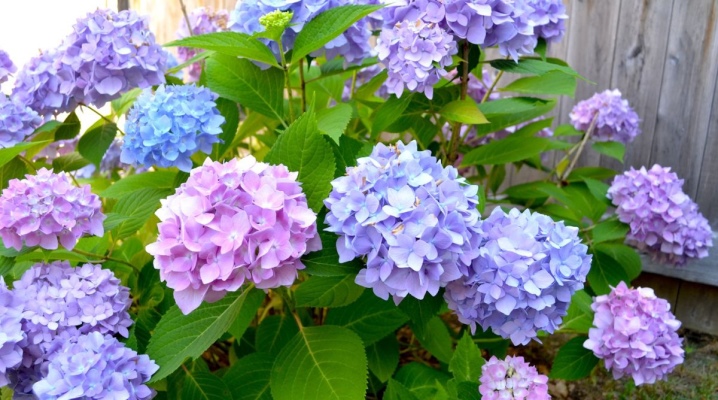
Hydrangea is rightfully considered a real decoration of any garden, its large openwork flowers-balls of delicate colors look spectacular both in a single planting and as a hedge. Despite the rather unpretentious nature of this chic shrub, not every gardener is able to achieve lush and long flowering.
In our article, we will dwell in more detail on the reasons why street hydrangea gives only one green mass and does not form flowers.
Required conditions for flowering
Usually hydrangea, with proper care, forms a spectacular bush, consisting of 5-7 inflorescences. This plant becomes the main decorative element in the country or in the home garden flower garden. Hydrangea blooms by the middle of summer, when the number of sunny days increases significantly, and a stable high temperature is established at night. The end of flowering is in September.
For in order for the hydrangea to delight its owners with lush, long flowering, the bushes require mandatory pruning - it has a strong effect on the growth of green shoots and the abundance of flowering. Incorrectly performed procedure becomes the main reason why street hydrangeas form one foliage.
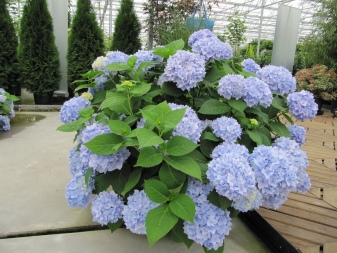
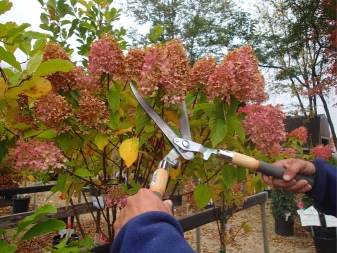
Irrigation plays an important role, hydrangea responds well to water, even its name is translated from Latin as "a bowl of moisture". The culture needs frequent and abundant hydration. During the hot summer period, each plant needs to be watered twice a week, however, if it is rainy weather, the amount of irrigation can be reduced, while the volume of water is adjusted depending on the weather.
Keep in mind: young bushes that have only recently been planted in the ground usually have weakened roots and take some time in order to fully strengthen and begin to form flower stalks. That is why the full flowering of hydrangea occurs only in the fourth year of plant growth.
If she does not make you happy with her flowers immediately after planting, you should not panic, continue to water and fertilize the green pet and in the future you will be able to get beautiful plantings every season.
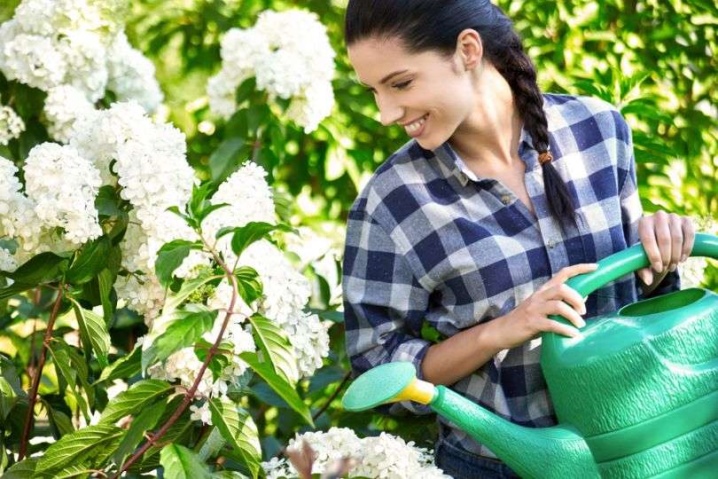
The reasons for his absence
Reasons Why Street Hydrangea does not form peduncles and buds, can be different:
- the composition of the soil is not suitable for the plant;
- the root system is weakened and poorly developed;
- incorrect irrigation regime;
- lighting problems;
- excess, or, conversely, lack of fertilizers;
- freezing of shoots;
- wrong landing site;
- diseases and garden pests;
- incorrect pruning.
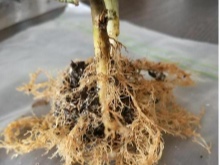

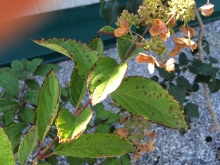
When buying planting material, it is advisable to contact specialized nurseries. When choosing a garden hydrangea bush in the market and in a little-known store, many prefer specimens with abundant flowering. However, in practice, this does not always become an indicator of good plant health. In most cases, growth stimulants are used to give the seedling a presentation. The fact is that such amplifiers create an increased load on the vegetative features of hydrangeas, subsequently such bushes do not form flowers for a long time, and sometimes it happens that the owners do not see flowering at all.It is better to immediately refuse to purchase such a seedling, and make a choice in favor of a non-flowering specimen.
When you purchase planting material, make sure that the plant is not greenhouse - such material takes root very poorly in the open field.
Errors in feeding often cause the lack of inflorescences in a garden hydrangea. The introduction of nitrogen-containing fertilizers into the soil stimulates the active growth of green mass, potash and phosphorus fertilizers have a beneficial effect on flowering, its splendor and duration. Inexperienced growers believe that street hydrangeas do not need nitrogen for the appearance of flowers - and this is a big mistake. Nitrogen preparations contribute to the formation of shoots, on which buds are laid by the fall, ejecting flower stalks in the subsequent growing season, but such fertilizers need to be applied only in spring. In summer, emphasis should be placed on preparations containing potassium and phosphorus - they will maintain the duration of flowering.
With the onset of autumn, hydrangeas require phosphorus compounds - with their help, the flower will be able to survive the winter and keep all the buds intact.
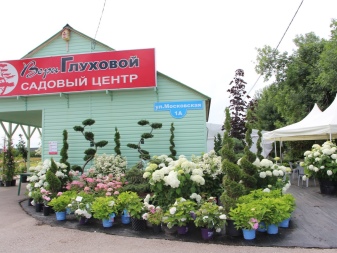

Hydrangea may not produce peduncles due to illiterate pruning - this is one of the most common reasons for non-flowering. If you cut off all the shoots in the fall, the plant will never bloom the next spring. The fact is that buds that should bloom begin to form in the fall... It is important that they overwinter and be able to wake up with the onset of warmth, therefore, autumn pruning should be limited to the removal of dry branches, weakened and overgrown shoots, it is also necessary to cut off the bushes growing inward - they worsen the decorative state of the plant.
Keep in mind that buds form at the tops of the shoots, so there is no need to shorten healthy hydrangea branches.
A factor of weak flowering or its complete absence may be a lack of lighting. This is quite common in areas where natural sunlight is available to a limited extent. To fix the problem, you need to set up additional lighting or move the plant to where there is enough sunlight.
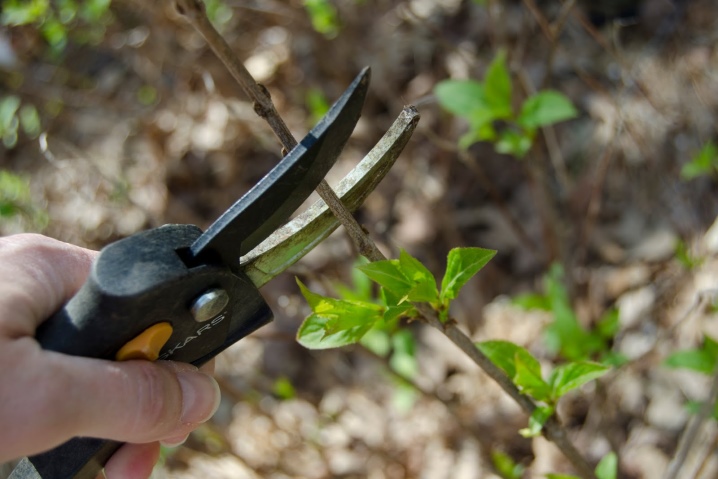
Hydrangea often does not form buds due to freezing of the buds in winter. Most of the unpretentious varieties of hydrangea easily tolerate the cold, but in recent years the winters have little snow, so the hydrangea needs to be covered for the winter, and the sooner you do this, the better. It is optimal to carry out all the necessary work in the second decade of September. In calm dry weather, the flexible shoots of the shrub are carefully bent to the substrate and fixed with garden clips. Woody shoots often break with strong pinning, so large stones, bricks or a layer of spruce branches can be applied under them. Then the bush is covered with agrofiber or other non-woven material. Remember: high-quality ventilation must be maintained under the shelter, so plastic wrap cannot be used. From above, the bush is sprinkled with peat or soil with a layer of 8-15 cm and covered with needles.
The shelter is removed in the spring, after the final snow melt and the establishment of a stable above-zero temperature in the daytime and at night.
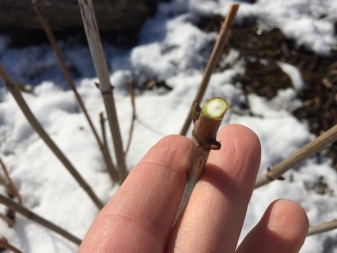
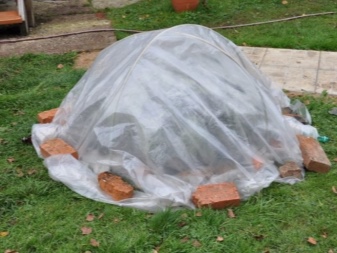
Problem solving methods
It should be noted that the growing season of hydrangea of different varieties has its own characteristic features and in order to in order to solve the problem with the lack of flowers, you should inquire about the peculiarities of the development of a particular variety.
- Paniculata. This species is distinguished by a long period of development, the very first flowering occurs only at the age of 5-6 years. The most common reason for the lack of buds is the composition and structure of the earth. Paniculate varieties prefer moderate acidity and loam; peduncles simply do not appear on heavy clay, sandstones and poor soil.
For abundant, long-lasting flowering, you should test the soil, provide the necessary acidity and constantly apply top dressing.
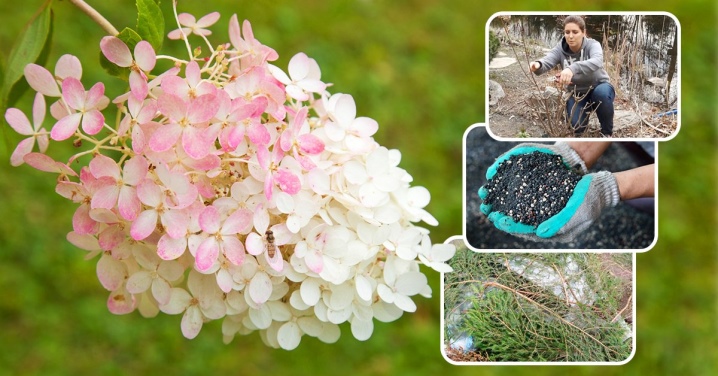
- Large-leaved hydrangea. The most common reason for the absence of buds of this variety is freezing, since such a bush can only tolerate frosts down to -18 degrees, in areas with cold winters, the culture will need a protective shelter.
Shield buds are formed exclusively on the shoots of the last growing season, and this factor must be taken into account when cutting. If the pruning was carried out under the stump, then such a plant will bloom only in the second or third year.
Keep in mind that this is one of the most moisture-loving varieties of hydrangeas, so it needs abundant and frequent watering, at least once a week, 2–4 buckets per bush. When water is scarce, plants produce very few small flowers.
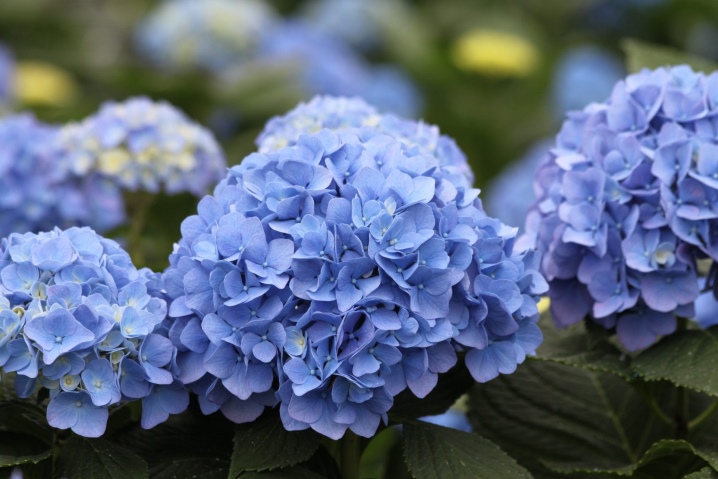
- Treelike hydrangea. It belongs to the longest flowering varieties. Flower formation begins from the fifth year of the plant's life. Treelike hydrangea is distinguished by an increased need for moisture; in dry times, without watering, the bushes simply stop in development and do not release peduncles. For long-term flowering, the plant requires at least 6 abundant waterings per season.
This hydrangea forms inflorescences on seasonal shoots, so pruning does not affect the formation of buds in any way - such bushes can be cut as you like and whenever you want.
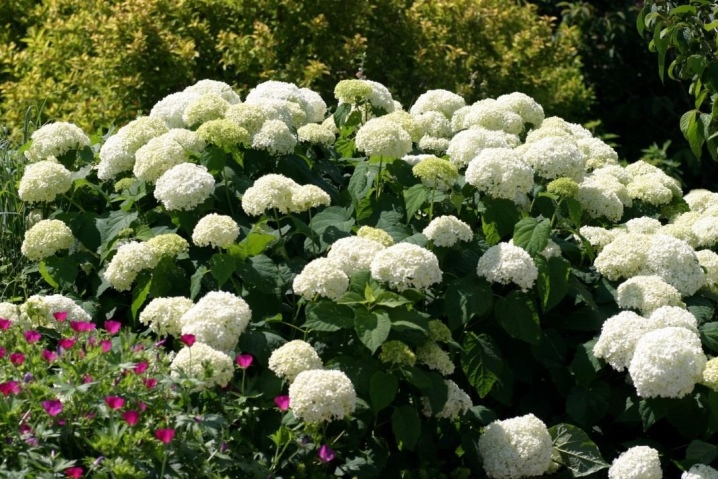
Care advice
If the plant is planted in a comfortable place, all the basic rules of agricultural technology are observed, the hydrangea does not suffer from diseases and attacks of insect pests and does not bloom for more than 5 years - additional stimulation will be required. To make the crop bloom, mineral fertilizers and nutrient mixtures should be used. Top dressing should be done sporadically or according to the scheme. Here are some effective options for stimulating flowering.
- Immediately after the snow melts, Pokon fertilizer is applied to the soil to nourish the stems and strengthen the root system. Composition with high activity, all required dosages are indicated on the package.
- From May to June, the hydrangea should be watered with a solution of nitroammofoska at the rate of 2 tbsp. l. on a bucket of water or a complex mixture for ornamental flowering shrubs, the interval between each fertilization is 2 weeks.
- To increase the splendor of flowering, it is necessary to regularly carry out liquid or granular dressings throughout the entire growing season, especially from May to July, during this period the culture responds well to potassium superphosphate (1 tbsp. L. Per 10 l of water). Fertika can be used from ready-made mixtures.
- A one-time feeding with GreenWorld, which was created specifically for hydrangeas and rhododendrons, helps to significantly increase the total number and quality of buds. Top dressing is carried out in the spring at the stage of the second leaf emergence.
- With the onset of autumn, you can feed your hydrangea with organic fertilizers, which will make it easier to prepare for the winter period. At this time, humus or rotten manure will do, mulching with chips, sawdust or needles will help to keep moisture under the bushes.
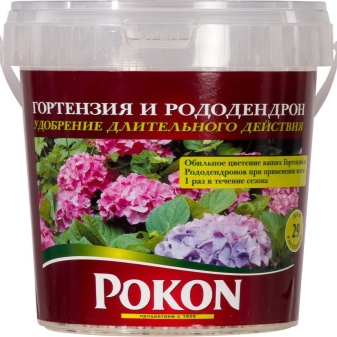
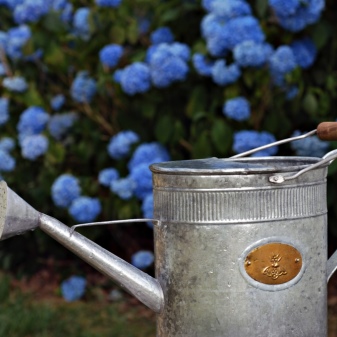
Please note: preparations containing lime should not be used to stimulate the flowering of hydrangea; you should not feed the culture with wood ash. The fact is that such mixtures reduce the acidity of the soil, which adversely affects the appearance of the plant and impairs its ability to bloom.
For information on why hydrangea does not bloom and what to do about it, see the next video.



































































The comment was sent successfully.